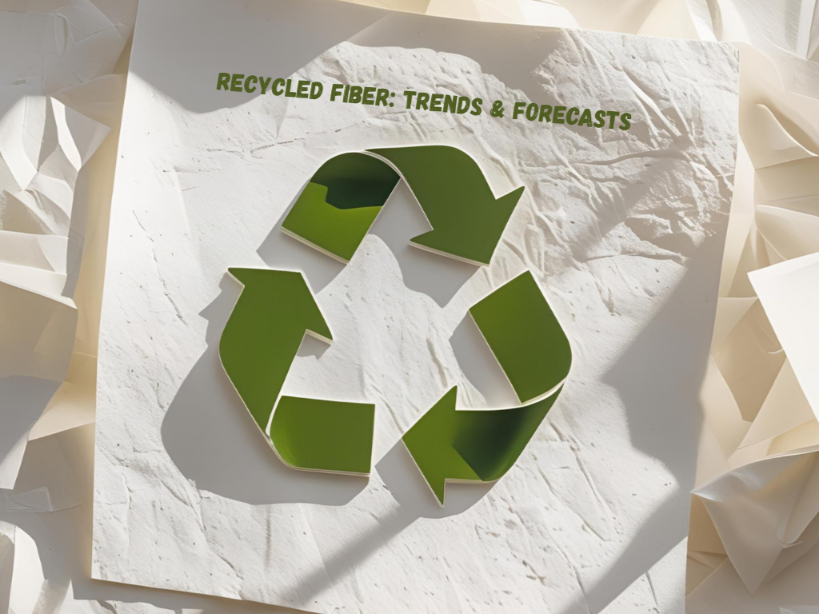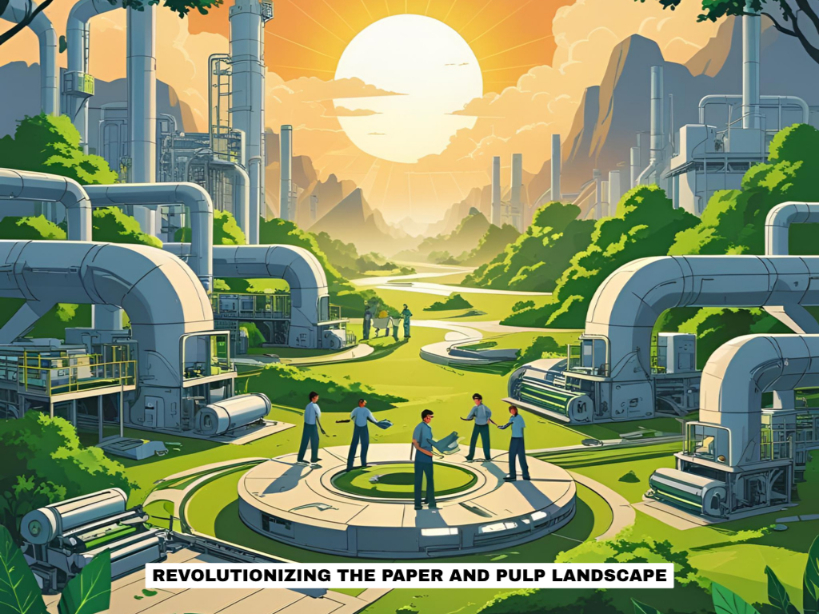EVERYTHING YOU NEED TO KNOW ABOUT RAW MATERIALS IN PAPERMAKING
The paper industry is a dynamic ecosystem built on the interplay of natural resources, technological innovation, and sustainability demands. At the heart of this industry lies a crucial element: raw materials. Whether producing fine writing paper, durable packaging, or sanitary tissues, the quality, availability, and type of raw material determine both performance and environmental impact.
This guide explores the vast world of paper raw materials, their origins, benefits, challenges, and roles in modern manufacturing.
1. WOOD-BASED FIBERS: THE BACKBONE OF PAPERMAKING
Softwood Pulp (Long Fibers)
Softwood pulp is sourced from coniferous trees such as pine, spruce, and fir. These trees produce long, coarse fibers that contribute to the paper’s tensile strength and durability.
Common Applications: Corrugated boxes, kraft paper, tissue base sheets.
Benefits:
- High tear resistance
- Structural rigidity
- Better bonding between fibers
Hardwood Pulp (Short Fibers)
Hardwood pulp comes from deciduous trees like eucalyptus, birch, poplar, and oak. These fibers are shorter and finer, making them ideal for producing smoother surfaces.
Common Applications: Printing paper, coated paper, tissue, and specialty paper.
Benefits:
- Enhanced printability
- Higher bulk and opacity
- Better formation for thin sheets
Global Trends: Eucalyptus, especially from Latin America, has become a preferred hardwood due to its fast growth and pulp yield.
2. NON-WOOD FIBERS: SUSTAINABLE ALTERNATIVES
Agricultural Residue-Based Pulp
With growing concerns about deforestation, the paper industry has turned to agricultural waste like:
- Bagasse (sugarcane residue)
- Wheat and rice straw
- Cotton stalks
- Corn husks
These materials are abundant in regions with high agricultural output and offer a cost-effective, eco-conscious alternative.
Bast Fibers and Plant-Based Materials
Fibers extracted from plants like hemp, kenaf, jute, flax, and bamboo are also gaining prominence. Known for their strength and low lignin content, they require less chemical processing.
Unique Sources:
- Mulberry bark: Used traditionally in Asian handmade papers.
- Sandalwood bark: Utilized in certain specialty papers.
Pros:
- Renewable and fast-growing
- Lower energy consumption in pulping
- Biodegradable and compostable
3. RECOVERED PAPER: CIRCULAR ECONOMY IN ACTION
Recycling is a cornerstone of modern papermaking. It conserves resources, lowers emissions, and reduces landfill waste.

Grades of Recovered Paper:
- Post-consumer waste: Office paper, newspapers, magazines
- Pre-consumer waste: Trimmings and rejects from printing processes
De-inked Pulp (DIP)
This process removes ink and contaminants from recovered paper using flotation, washing, and chemical treatments. It produces clean fibers suitable for high-quality recycled paper.
Limitation: Recycled fibers lose strength with each cycle and can only be reused 5–7 times before becoming unusable.
Environmental Edge:
- Reduces dependence on virgin pulp
- Cuts energy and water consumption
- Supports closed-loop sustainability models
4. MECHANICAL VS. CHEMICAL PULPING: HOW FIBER IS EXTRACTED
Mechanical Pulping
In this process, logs or wood chips are physically ground to separate the fibers. It retains lignin, resulting in higher yield but lower brightness and durability.
Types:
- Groundwood
- Thermo-mechanical pulp (TMP)
Uses: Newspapers, paperboard, low-grade printing paper
Chemical Pulping
Chemicals are used to dissolve lignin and free the cellulose fibers. The most common method is the Kraft process, which produces strong and bright pulp.
Types:
- Kraft (sulfate)
- Sulfite pulp
Uses: Packaging, high-grade printing paper, tissue products
Semi-Chemical Pulping
Combines chemical and mechanical methods. It’s primarily used in fluting mediums and liner boards.
5. FILLERS, ADDITIVES & SIZING AGENTS: THE PAPER’S SECRET INGREDIENTS
These materials are added to enhance appearance, performance, and printability.
Common Fillers:
- Calcium carbonate
- Kaolin clay
- Titanium dioxide
Benefits:
- Improved brightness and opacity
- Smooth finish
- Reduced raw fiber requirement
Additives:
- Starch: For surface strength
- Wet and dry strength resins: Boost durability
- Optical brightening agents (OBAs): For whiteness
- Retention aids and defoamers: For smoother production
Sizing Agents:
Used to reduce paper’s absorbency and improve ink hold-out.
Types:
- Internal sizing (rosin, ASA, AKD)
- Surface sizing (starch-based)

6. Environmental Considerations & Future Outlook
Responsible Sourcing
Certifications like FSC (Forest Stewardship Council) and PEFC (Programme for the Endorsement of Forest Certification) are becoming prerequisites for buyers.
Innovations on the Horizon:
- Algae-based paper pulp
- Mushroom mycelium for biodegradable packaging
- Upcycled textile waste integration
Industry Challenge:
Balancing performance, sustainability, and cost, while reducing dependence on single-use plastic packaging.
The paper industry is now focused on smart resource utilization, innovative materials science, and a commitment to sustainability. From traditional softwood pulp to recycled office paper and bamboo fibers, today’s raw material landscape is rich, diverse, and evolving rapidly.
For companies looking to adapt and thrive, understanding this raw material ecosystem isn’t optional, it’s essential.
Reach out to Coniferous, your one-stop solution for all things paper, and packaging.


